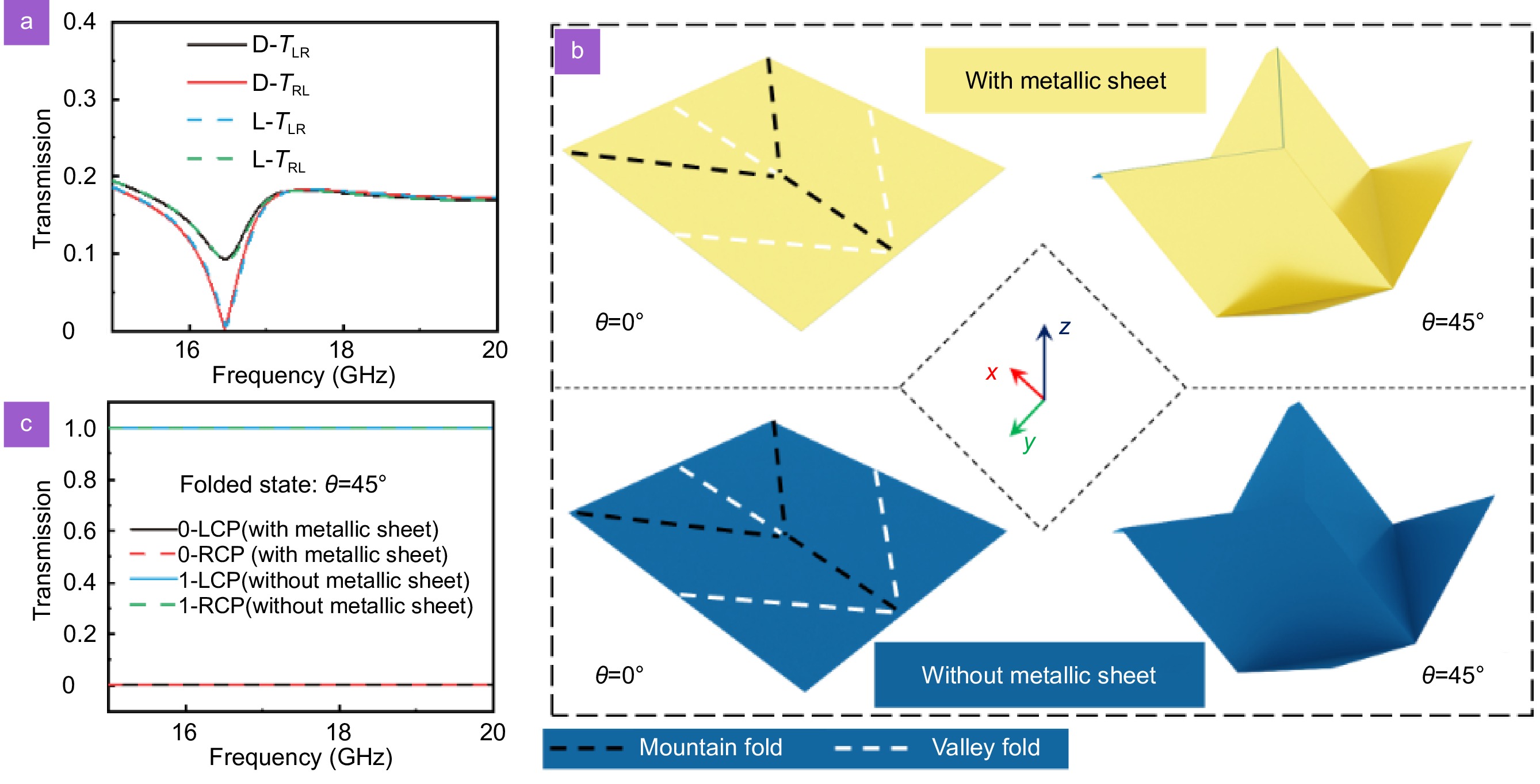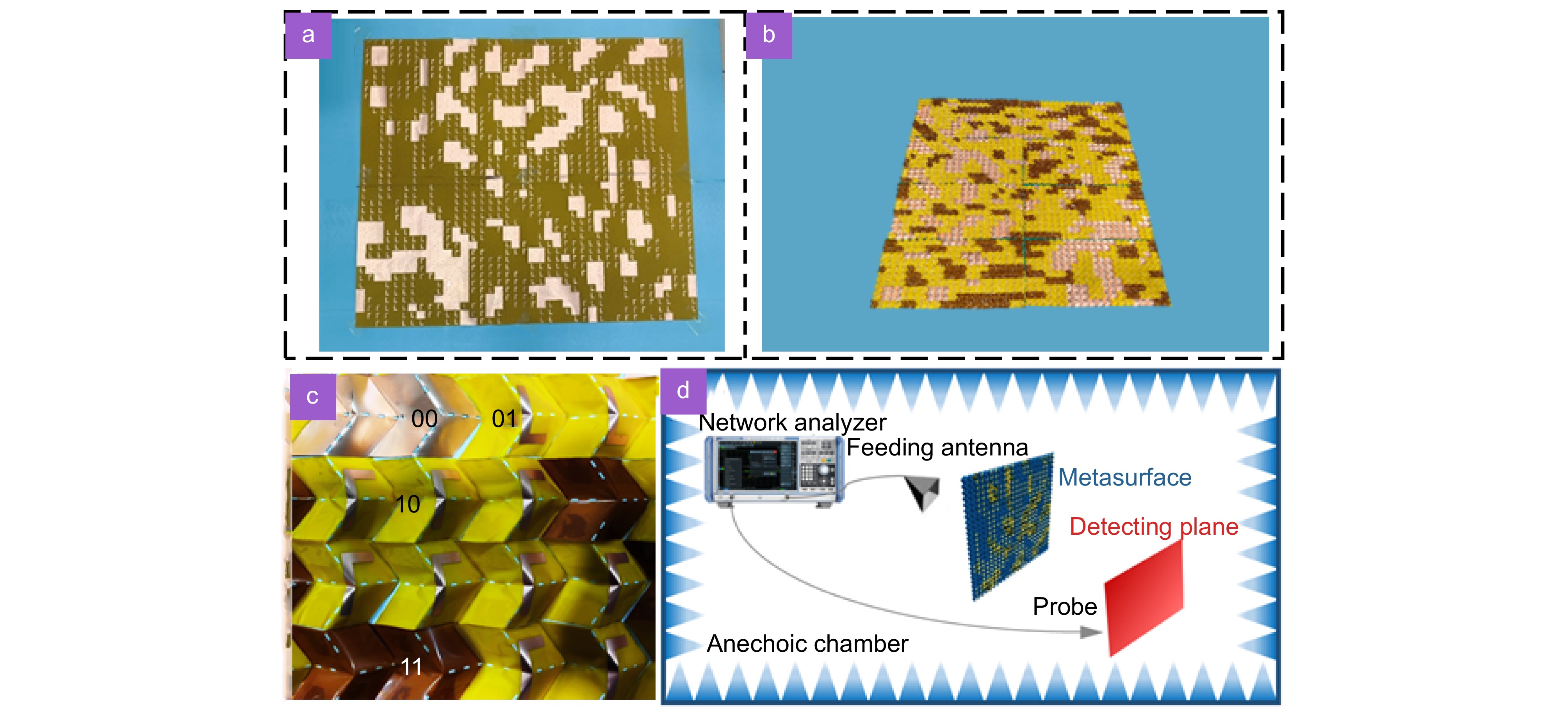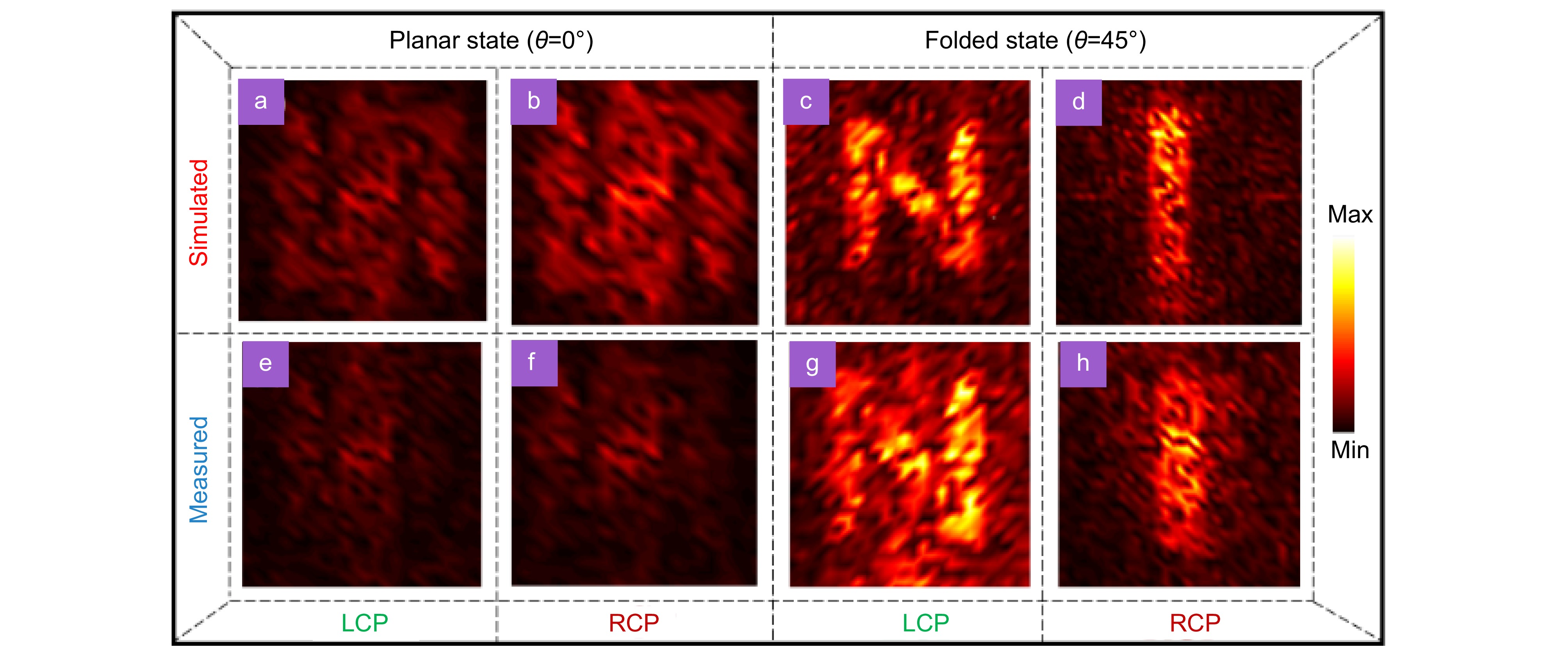| Citation: | Zhu ZB, Li YF, Wang JF et al. Reconfigurable origami chiral response for holographic imaging and information encryption. Opto-Electron Sci x, 240026 (2025). doi: 10.29026/oes.2025.240026 |
Reconfigurable origami chiral response for holographic imaging and information encryption
-
Abstract
With the rapid development of holographic technology, metasurface-based holographic communication schemes have demonstrated immense potential for electromagnetic (EM) multifunctionality. However, traditional passive metasurfaces are severely limited by their lack of reconfigurability, hindering the realization of versatile holographic applications. Origami, an art form that mechanically induces spatial deformations, serves as a platform for multifunctional devices and has garnered significant attention in optics, physics, and materials science. The Miura-ori folding paradigm, characterized by its continuous reconfigurability in folded states, remains unexplored in the context of holographic imaging. Herein, we integrate the principles of Rosenfeld with L- and D-metal chiral enantiomers on a Miura-ori surface to tailor the aperture distribution. Leveraging the continuously tunable nature of the Miura-ori's folded states, the chiral response of the metallic structures varies across different folding configurations, enabling distinct EM holographic imaging functionalities. In the planar state, holographic encryption is achieved. Under specific folding conditions and driven by spin circularly polarized (CP) waves at a particular frequency, multiplexed holographic images can be reconstructed on designated focal planes with CP selectivity. Notably, the fabricated origami metasurface exhibits a large negative Poisson ratio, facilitating portability and deployment and offering novel avenues for spin-selective systems, camouflage, and information encryption.-
Keywords:
- origami /
- reconfigurable /
- chiral response /
- holographic imaging /
- information encryption
-

-
References
[1] Sun SL, Yang KY, Wang CM et al. High-efficiency broadband anomalous reflection by gradient meta-surfaces. Nano Lett 12, 6223–6229 (2012). [2] Liu XY, Chen MK, Chu CH et al. Underwater binocular meta-lens. ACS Photonics 10, 2382–2389 (2023). [3] Yu SX, Li L, Shi GM et al. Generating multiple orbital angular momentum vortex beams using a metasurface in radio frequency domain. Appl Phys Lett 108, 241901 (2016). doi: 10.1063/1.4953786 [4] Chen MK, Liu XY, Wu YF et al. A meta-device for intelligent depth perception. Adv Mater 35, 2107465 (2023). doi: 10.1002/adma.202107465 [5] Nan T, Zhao H, Guo JY et al. Generation of structured light beams with polarization variation along arbitrary spatial trajectories using tri-layer metasurfaces. Opto-Electron Sci 3, 230052 (2024). [6] Landy NI, Sajuyigbe S, Mock JJ et al. Perfect metamaterial absorber. Phys Rev Lett 100, 207402 (2008). doi: 10.1103/PhysRevLett.100.207402 [7] Yifat Y, Eitan M, Iluz Z et al. Highly efficient and broadband wide-angle holography using patch-dipole nanoantenna reflectarrays. Nano Lett 14, 2485–2490 (2014). doi: 10.1021/nl5001696 [8] Huang K, Dong ZG, Mei ST et al. Silicon multi-meta-holograms for the broadband visible light. Laser Photonics Rev 10, 500–509 (2016). doi: 10.1002/lpor.201500314 [9] Zhou HQ, Wang YT, Li XW et al. Switchable active phase modulation and holography encryption based on hybrid metasurfaces. Nanophotonics 9, 905–912 (2020). doi: 10.1515/nanoph-2019-0519 [10] Ding XM, Wang ZC, Hu GW et al. Metasurface holographic image projection based on mathematical properties of Fourier transform. PhotoniX 1, 16 (2020). doi: 10.1186/s43074-020-00016-8 [11] Naveed MA, Ansari MA, Kim I et al. Optical spin-symmetry breaking for high-efficiency directional helicity-multiplexed metaholograms. Microsyst Nanoeng 7, 5 (2021). doi: 10.1038/s41378-020-00226-x [12] Gao H, Fan XH, Wang YX, Liu YC, Wang XG et al. Multi-foci metalens for spectra and polarization ellipticity recognition and reconstruction. Opto-Electron Sci 2, 220026 (2023). doi: 10.29026/oes.2023.220026 [13] Kim J, Jeon D, Seong J et al. Photonic encryption platform via dual-band vectorial metaholograms in the ultraviolet and visible. ACS Nano 16, 3546–3553 (2022). [14] Kang D, Heo H, Yang Y et al. Liquid crystal-integrated metasurfaces for an active photonic platform. Opto-Electron Adv 7, 230216 (2024). doi: 10.29026/oea.2024.230216 [15] Li X, Chen LW, Li Y et al. Multicolor 3D meta-holography by broadband plasmonic modulation. Sci Adv 2, e1601102 (2016). doi: 10.1126/sciadv.1601102 [16] Zhang F, Guo YH, Pu MB et al. Meta-optics empowered vector visual cryptography for high security and rapid decryption. Nat Commun 14, 1946 (2023). doi: 10.1038/s41467-023-37510-z [17] Liu YC, Xu K, Fan XH et al. Dynamic interactive bitwise meta-holography with ultra-high computational and display frame rates. Opto-Electron Adv 7, 230108 (2024). [18] Bao L, Ma Q, Wu RY et al. Programmable reflection–transmission shared-aperture metasurface for real-time control of electromagnetic waves in full space. Adv Sci 8, 2100149 (2021). doi: 10.1002/advs.202100149 [19] Zhang XG, Yu Q, Jiang WX et al. Polarization-controlled dual-programmable metasurfaces. Adv Sci 7, 1903382 (2020). doi: 10.1002/advs.201903382 [20] Lepeshov S, Krasnok A. Tunable phase-change metasurfaces. Nat Nanotechnol 16, 615–616 (2021). doi: 10.1038/s41565-021-00892-6 [21] Ding CC, Rui GH, Gu B et al. Phase-change metasurface with tunable and switchable circular dichroism. Opt Lett 46, 2525–2528 (2021). [22] Dong YB, Luan HT, Lin DJ et al. Laser-induced graphene hologram reconfiguration for countersurveillance multisecret sharing. Laser Photonics Rev 17, 2200805 (2023). doi: 10.1002/lpor.202200805 [23] Chen T, Bilal OR, Lang R et al. Autonomous deployment of a solar panel using elastic origami and distributed shape-memory-polymer actuators. Phys Rev Appl 11, 064069 (2019). doi: 10.1103/PhysRevApplied.11.064069 [24] Schenk M, Viquerat AD, Seffen KA et al. Review of inflatable booms for deployable space structures: packing and rigidization. J Spacecr Rockets 51, 762–778 (2014). doi: 10.2514/1.A32598 [25] Silverberg JL, Evans AA, Mcleod L et al. Using origami design principles to fold reprogrammable mechanical metamaterials. Science 345, 647–650 (2014). doi: 10.1126/science.1252876 [26] Overvelde JTB, De Jong TA, Shevchenko Y et al. A three-dimensional actuated origami-inspired transformable metamaterial with multiple degrees of freedom. Nat Commun 7, 10929 (2016). [27] Filipov ET, Tachi T, Paulino GH. Origami tubes assembled into stiff, yet reconfigurable structures and metamaterials. Proc Natl Acad Sci USA 112, 12321–12326 (2015). doi: 10.1073/pnas.1509465112 [28] Lin ZW, Novelino LS, Wei HM et al. Folding at the microscale: enabling multifunctional 3D origami-architected metamaterials. Small 16, 2002229 (2020). doi: 10.1002/smll.202002229 [29] Zhai ZR, Wu LL, Jiang HQ. Mechanical metamaterials based on origami and kirigami. Appl Phys Rev 8, 041319 (2021). doi: 10.1063/5.0051088 [30] Kuribayashi K, Tsuchiya K, You Z et al. Self-deployable origami stent grafts as a biomedical application of Ni-rich TiNi shape memory alloy foil. Mater Sci Eng A 419, 131–137 (2006). [31] Cheng Q, Song ZM, Ma T et al. Folding paper-based lithium-ion batteries for higher areal energy densities. Nano Lett 13, 4969–4974 (2013). doi: 10.1021/nl4030374 [32] Pesenti M, Masera G, Fiorito F. Exploration of adaptive origami shading concepts through integrated dynamic simulations. J Archit Eng 24, 04018022 (2018). doi: 10.1061/(ASCE)AE.1943-5568.0000323 [33] Wang ZJ, Jing LQ, Yao K et al. Origami-based reconfigurable metamaterials for tunable chirality. Adv Mater 29, 1700412 (2017). doi: 10.1002/adma.201700412 [34] Li M, Shen L, Jing LQ et al. Origami metawall: mechanically controlled absorption and deflection of light. Adv Sci 6, 1901434 (2019). [35] Zhu ZB, Wang H, Li YF et al. Origami-based metamaterials for dynamic control of wide-angle absorption in a reconfigurable manner. IEEE Trans Antennas Propag 70, 4558–4568 (2022). doi: 10.1109/TAP.2022.3140521 [36] Zhu ZB, Li YF, Qin Z et al. Miura origami based reconfigurable polarization converter for multifunctional control of electromagnetic waves. Photonics Res 12, 581–586 (2024). doi: 10.1364/PRJ.504027 [37] Pan RH, Liu Z, Zhu W et al. Asymmetrical chirality in 3D bended metasurface. Adv Funct Mater 31, 2100689 (2021). doi: 10.1002/adfm.202100689 [38] Liu K, Tachi T, Paulino GH. Invariant and smooth limit of discrete geometry folded from bistable origami leading to multistable metasurfaces. Nat Commun 10, 4238 (2019). [39] Yang SY, Liu Z, Yang HF et al. Intrinsic chirality and multispectral spin-selective transmission in folded eta-shaped metamaterials. Adv Opt Mater 8, 1901448 (2020). doi: 10.1002/adom.201901448 [40] Frank B, Yin XH, Schäferling M et al. Large-area 3D chiral plasmonic structures. ACS Nano 7, 6321–6329 (2013). doi: 10.1021/nn402370x [41] Zheng YL, Chen K, Yang WX et al. Kirigami reconfigurable gradient metasurface. Adv Funct Mater 32, 2107699 (2022). doi: 10.1002/adfm.202107699 [42] Yin XH, Schäferling M, Metzger B et al. Interpreting chiral nanophotonic spectra: the plasmonic born–Kuhn model. Nano Lett 13, 6238–6243 (2013). [43] Chen Y, Yang XD, Gao J. Spin-controlled wavefront shaping with plasmonic chiral geometric metasurfaces. Light Sci Appl 7, 84 (2018). doi: 10.1038/s41377-018-0086-x [44] Kim J, Yang Y, Badloe T et al. Geometric and physical configurations of meta-atoms for advanced metasurface holography. InfoMat 3, 739–754 (2021). doi: 10.1002/inf2.12191 [45] Yang SY, Liu Z, Hu S et al. Spin-selective transmission in chiral folded metasurfaces. Nano Lett 19, 3432–3439 (2019). doi: 10.1021/acs.nanolett.8b04521 [46] Li BH, Li XW, Zhao RZ et al. Polarization multiplexing terahertz metasurfaces through spatial femtosecond laser-shaping fabrication. Adv Opt Mater 8, 2000136 (2020). -
Access History

Article Metrics
-
Figure 1.
Schematic illustration of a dynamic multifunctional metasurface based on Miura-ori. The reconfigurable origami metasurface enables the display or concealment of image information for dynamic display and encryption. In the planar state, the chiral response of the unit cells remains inactive, resulting in scrambled encoding sequences across both channels, which prevents the normal display of images. Upon folding the origami metasurface, the incident CP light (including both RCP and LCP) decodes two far-field holographic images (Channel 1 and Channel 2).
-
Figure 2.
Transmission characteristics of the Miura-ori unit cell structure. (a, b) The L- and D-enantiomer unit cell structures are in the planar state. a=b=10 mm, l1=12 mm, l2=l4=2 mm, l3=7 mm, β=60°. The L- and D-enantiomers have a periodicity of Px in the x-direction and Py in the y-direction. Note that Px and Py are dynamically changing as the folded state varies. (c) Transmission magnitude and CD values as a function of frequency when the L- and D-enantiomer unit cell structures are in the planar state. (d, e) The L- and D-enantiomer unit cell structures in the folded state. θ represents the unique degree of freedom describing the folded state of the Miura-ori. (f) Transmission magnitude and CD values as a function of frequency when the L- and D-enantiomer unit cell structures are in the folded state (θ=45°).
-
Figure 3.
(a) Cross-polarization transmission coefficients for the folded L- and D-enantiomer unit cells. tRL represents the cross-polarization coefficient when illuminated by LCP. tLR denotes the cross-polarization coefficient for RCP incidence (θ=45°). (b) Unit cells that implement LCP and RCP 0 and 1 transmission. There is a metal layer covering, to achieve 0 transmission. No metal layer covering, pure media substrate, to achieve 1 transmission. (c) The transmission spectra of the unit cells (θ=45°).
-
Figure 4.
The surface current distribution of the proposed origami enantiomer, f=16.7 GHz. The plane state corresponding to (a) L-enantiomer and (b) D-enantiomer, the surface current distribution is the same under LCP and RCP irradiation. The surface currents corresponding to the folded L-enantiomers (θ=45°) are distributed under (c) LCP and (d) RCP irradiation. The surface currents of folded D-enantiomers (θ=45°) are distributed under (e) LCP and (f) RCP irradiation.
-
Figure 5.
(a) The phase responses of the four kinds of unit cells (θ=45°). L-/D-enantiomers, with/without metallic sheets in folded states. (b) The flowchart for generating the required meta-hologram. (c) The position distribution of the four kinds of apertures which composed the origami metasurface.
-
Figure 6.
The photograph of the (a) planar and (b) folded (θ=45°) origami metasurface sample. (c) In the folded state, the local pattern is represented. '00' denotes pure substrate, '11' denotes pure metal, '01' denotes L-enantiomer, and '10' denotes D-enantiomer. (d) Schematic description of the near-field scanning experimental setup.
-
Figure 7.
Simulation and measurement results. Planar state (θ=0°): Simulated results under (a) LCP and (b) RCP illumination; measured results under (e) LCP and (f) RCP illumination. Folded state (θ=45°): Simulated results under (c) LCP and (d) RCP illumination; measured results under (g) LCP and (h) RCP illumination.
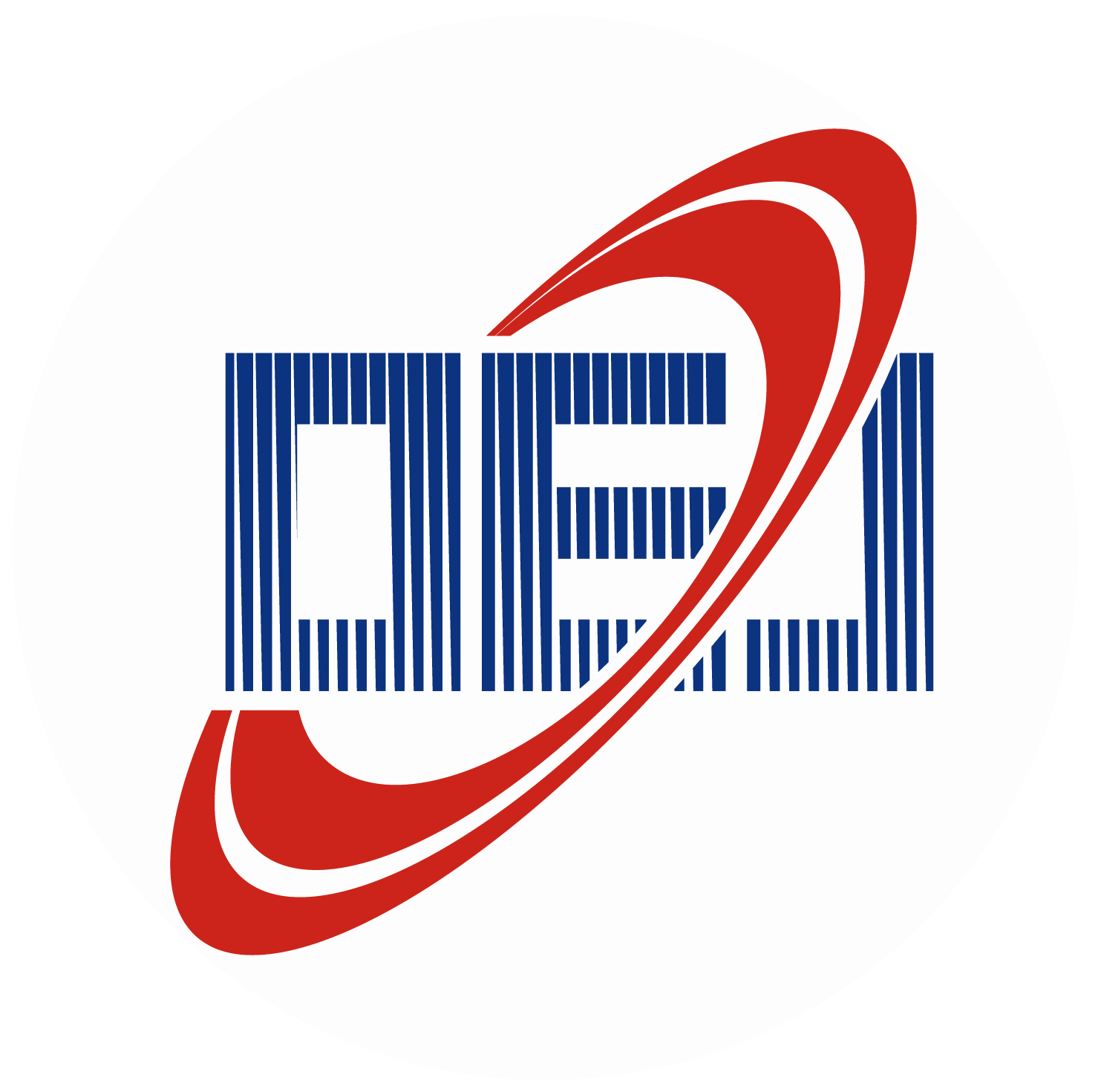
 E-mail Alert
E-mail Alert RSS
RSS
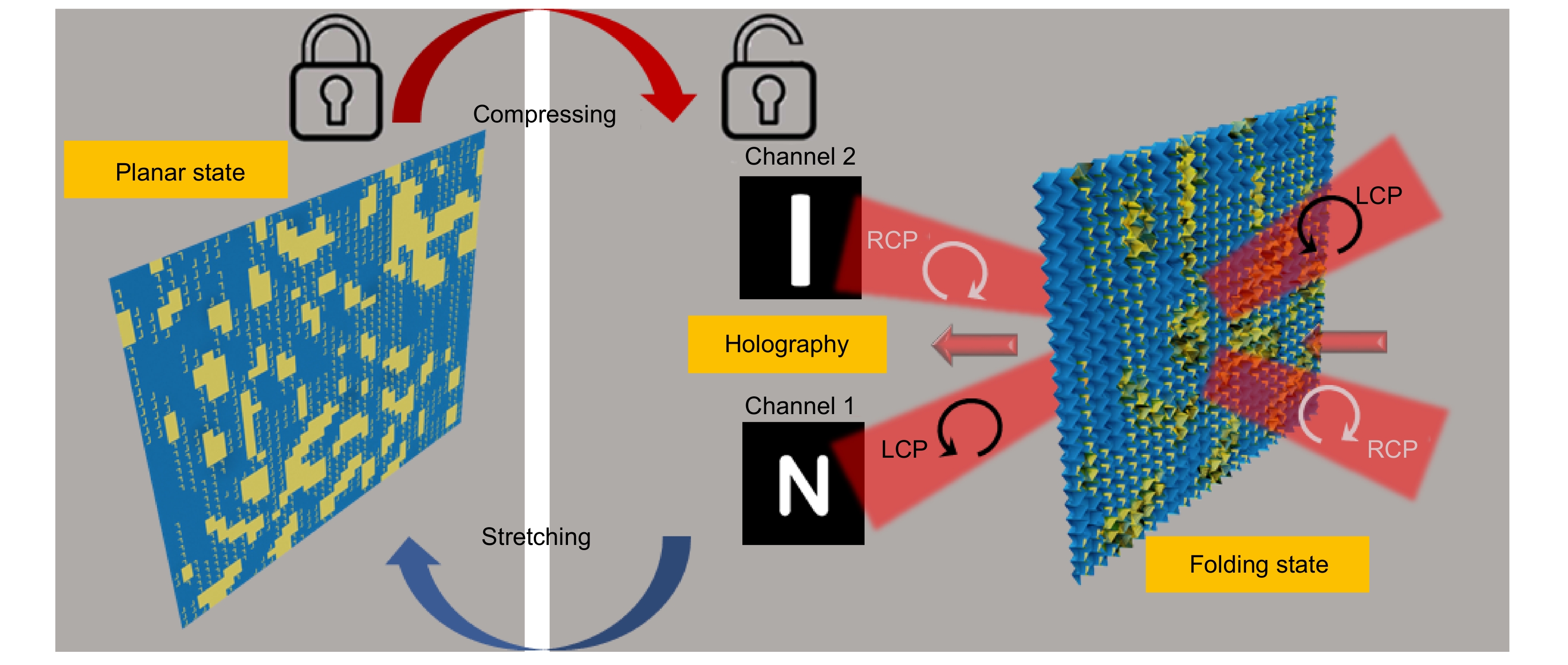

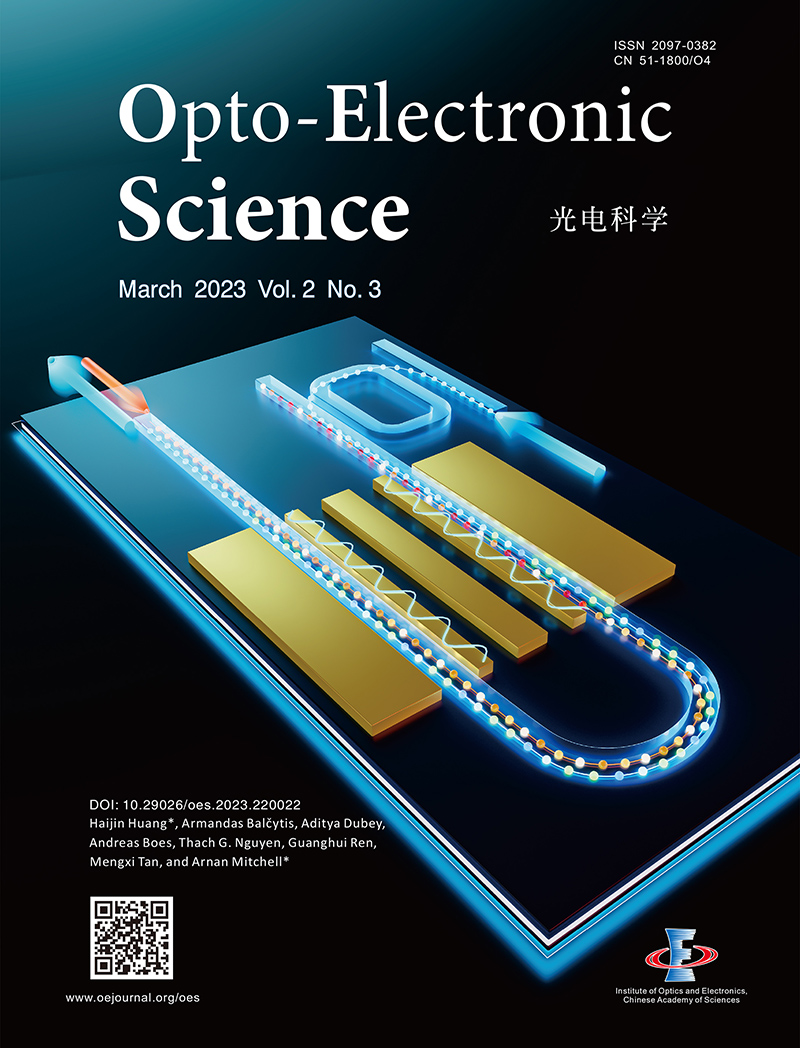
 DownLoad:
DownLoad:

